As a general rule, a family of 4 will need at least a 6 person tent. A family of 5 will likely need an 8P tent and a 6-person family will need a 10P tent. However, these guidelines aren’t always accurate. Some very large tents will actually only sleep four people comfortably, especially if you are using air mattresses. To figure out how big of a tent your family really needs, you need to consider: how many rooms you need, gear storage requirements and the sleep layout.
Also Read:
How Many Rooms Do You Need?
Do you want everyone in the family to sleep in the same room? Or would you prefer separate sleeping areas (such as one for the adults and one for the kids)?
Keep in mind that two-room tents don’t always have two sleeping areas. It depends on the layout and number of doors whether the rooms can be used for sleeping or not.
For example, the Coleman Skylodge 8P tent has removable divider which will create two rooms. However, if someone were to sleep in the front room, the beds would block the entrance. The people sleeping in the back room would have to craw over the people in the front to get in/out!
By contrast, with the REI Wonderland 6P tent (shown below), you could use both rooms for sleeping. This is because the Wonderland tent has two doors, meaning people could get in/out without bothering those in the other room.
Do You Want to Hang Out in the Tent?
It’s great to have an option to hang out in the tent when it’s raining or to hide from mosquitoes at dusk. However, this means you’ll probably need to have another room. Ideally, this room will have large mesh windows.
The two-room Core 9P cabin tent has a massive porch for hanging out and a sleeping room in the back. Ozark Trail 10P tunnel tent has three rooms: a hang-out room in the middle and two rooms off to the side. It’s not actually going to fit 10 people comfortably though!
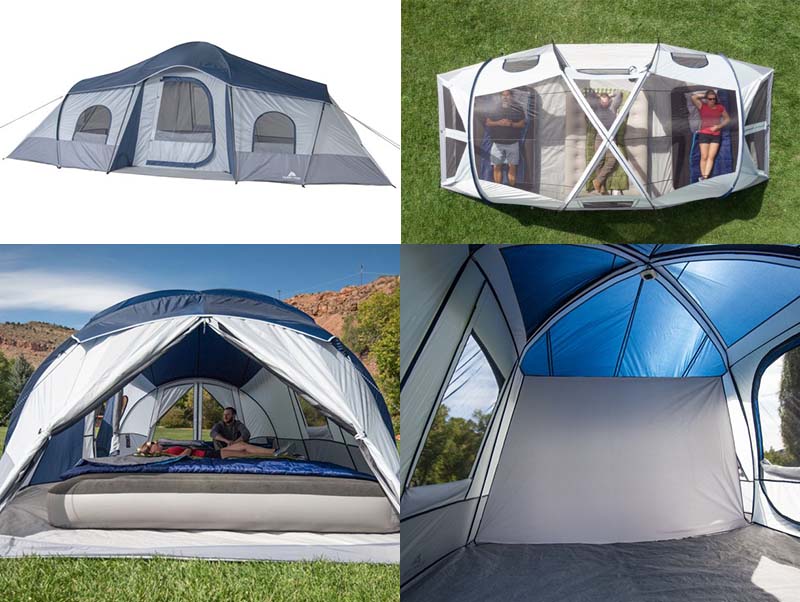
The Ozark Trail 10P tent with 3 rooms
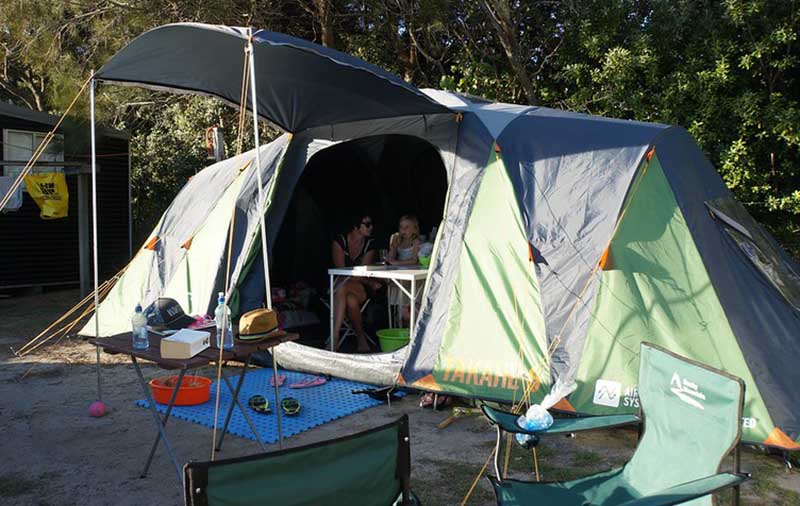
The middle room of this large tent is for hanging out; the side rooms are for sleeping.
How Much Gear Storage Do You Need?
Tent size ratings only account for sleeping space: they do not factor in gear storage. Luckily, a lot of family tents have vestibules for gear storage. If you have a lot of gear to store though, you will need to get a larger tent or choose one with a porch.
Are You Using Camping Pads or Air Mattresses?
Camping sleeping pads are usually only 78×20 inches. The small size means you can get away with having a smaller tent. Because they are small, you also have more flexibility with the sleeping arrangements – such as having someone sleep in the tent’s front porch without worrying that they will block the door.
By contrast, air mattresses take up a lot more space in the tent. You won’t have as many options when it comes to sleep layout. Once the air mattresses are inflated, you might not have any remaining space for gear or moving around the tent.
Draw the Sleep Layout!
If you are using air mattresses, I strongly suggest you draw out the sleep layouts before buying a tent. This will give you an idea of how much walking space you have left.
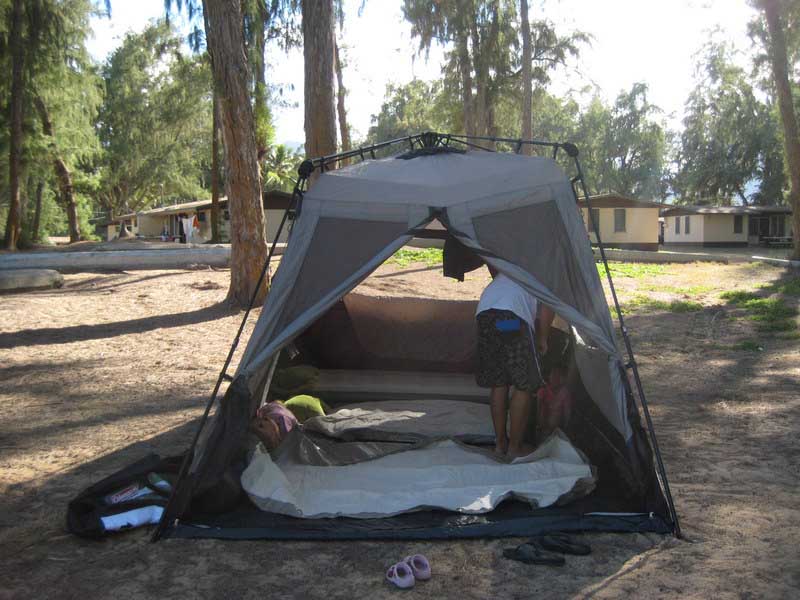
See the picture above. Once all three air mattresses are inflated, there is no walking space in the tent (Coleman Instant Tent). The camper in the back will have to crawl over the people in the front to get in/out. I hope they don’t have to go to the bathroom in the middle of the night!
Add 6 Inches of Space Around the Walls
You never want to sleep directly against a tent wall. This will cause water – either from rain or condensation – to leak into the tent, meaning you get wet. To prevent this, make sure you leave at least 6 inches of space between the tent walls and beds.
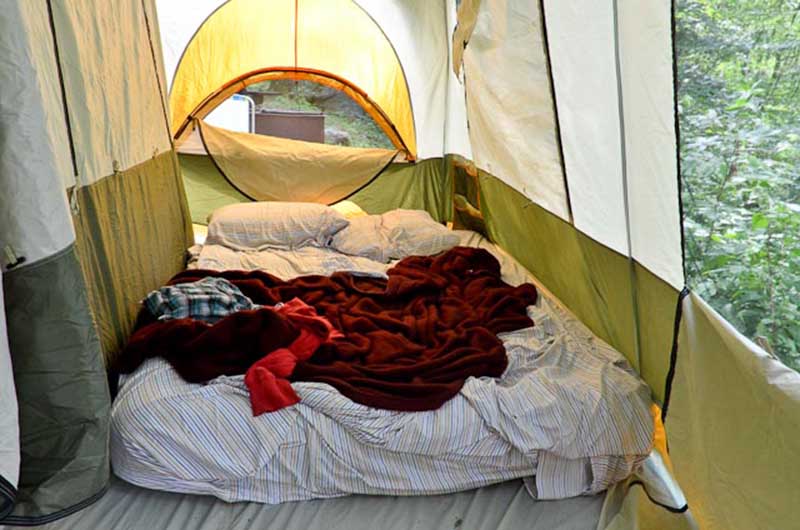
See the image above: The air mattress is pressed squeezed against the wall of the tent, meaning they will likely get wet if it rains or condensation forms.
Yes, Tents Can Be Too Big!
To ensure your family has enough room while camping, you might be tempted to get a very large family tent. While no one will likely complain about having extra room in the tent, there are some problems with large tents.
Problems with Too Big Tents:
- Might not fit at campsite: Campgrounds campsites are often very small. Your tent might take up the entire site, leaving you with little room for recreation.
- Harder to find clear, flat ground: If you are wild camping or backpacking, it can be very difficult to find a clear, flat space large enough for a big tent.
- Take longer to pitch: Large tents are usually more complicated to pitch. Because they are large, they also need to have their guylines staked out for stability, which can take a very long time in certain terrain.
- Don’t withstand wind well: Large tents, especially cabin-style tents, don’t withstand wind well. At best, you will listen to wind flapping against the tent walls all night. At worst, your tent could blow away!
- Some campgrounds charge more for large tents: Most campgrounds charge per-site but some do have additional fees for large tents.
Because of these issues, avoid getting a tent which is too big for your needs. Take the time to really consider how your family will use the tent and whether the layout makes sense for your needs.
Image credits:
“The Tent, Waipu” (CC BY-NC 2.0) by DeeKnow,
“Our Coleman Instant Tent” (CC BY-NC-ND 2.0) by Mikenan1,
“Giant Tent” (CC BY-ND 2.0) by osiristhe
Sources:
https://www.reddit.com/r/CampingGear/comments/byohg1/help_deciding_on_family_tent/,
https://www.reddit.com/r/CampingGear/comments/9wq6ih/tent_for_family_of_5/


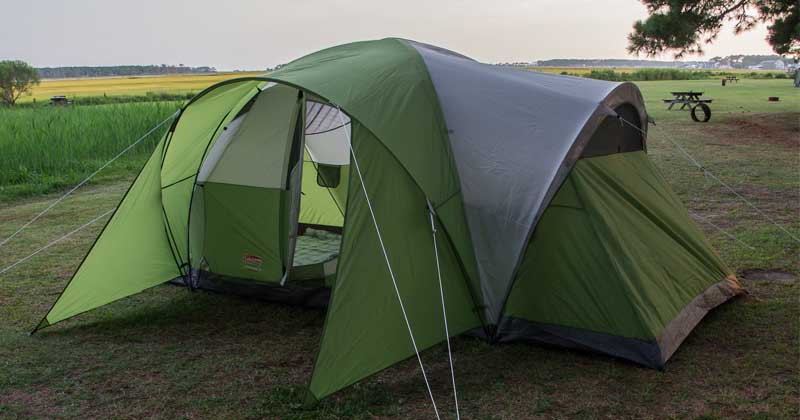
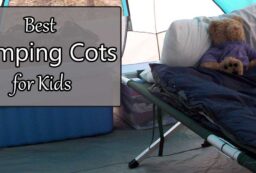
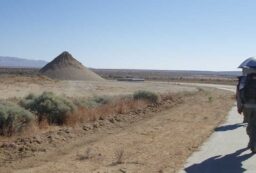








Post your comments